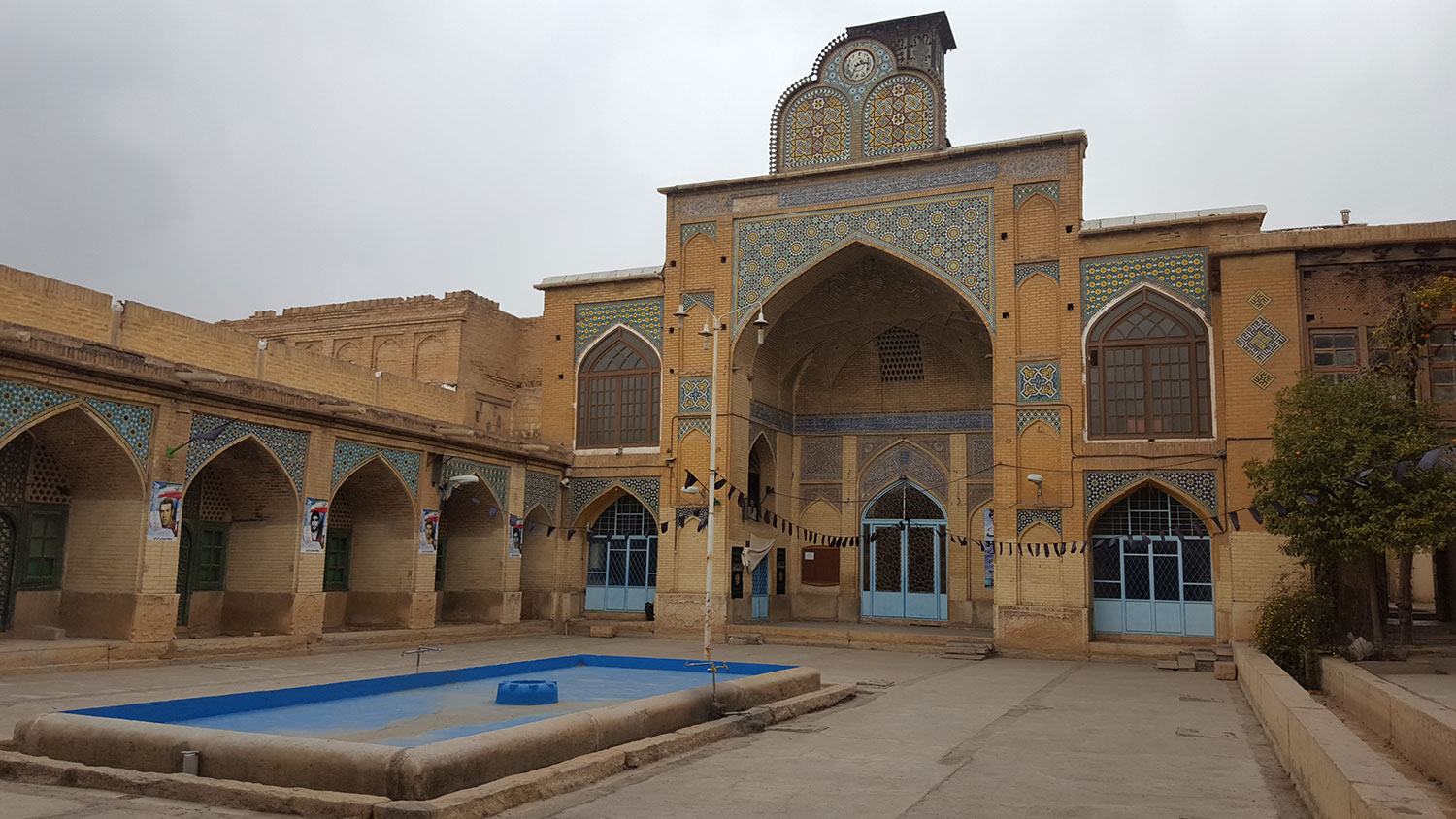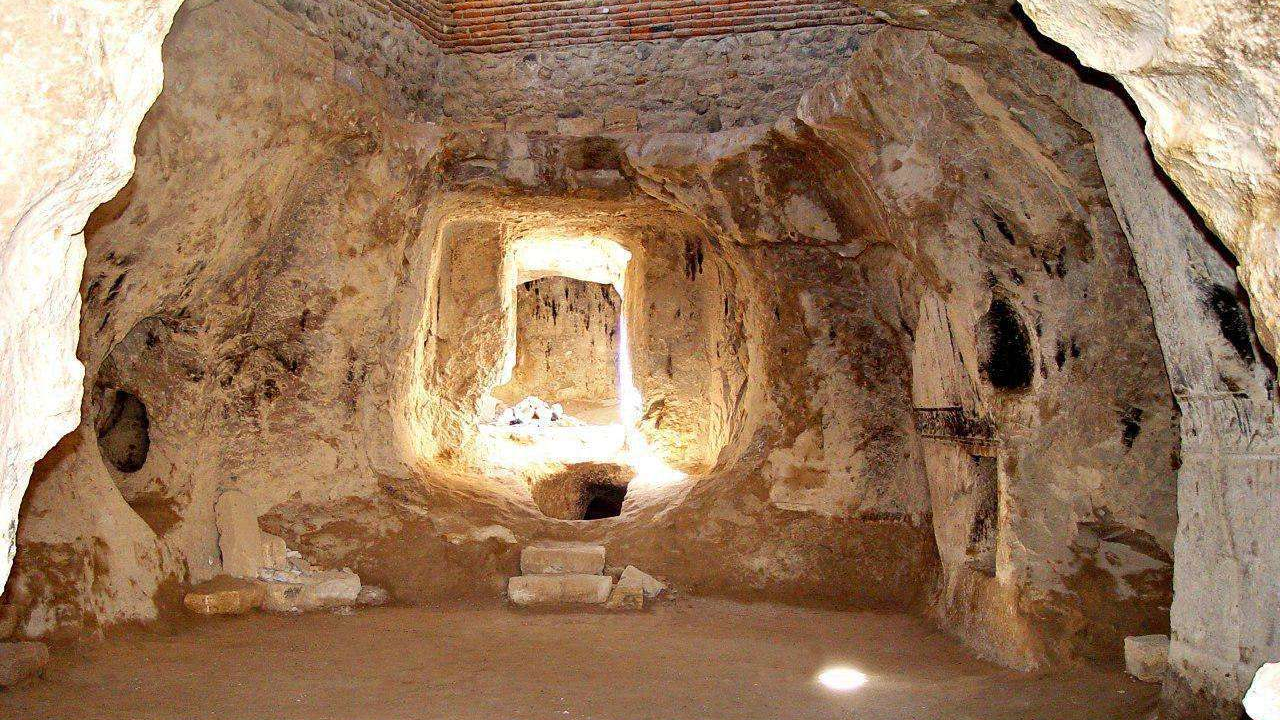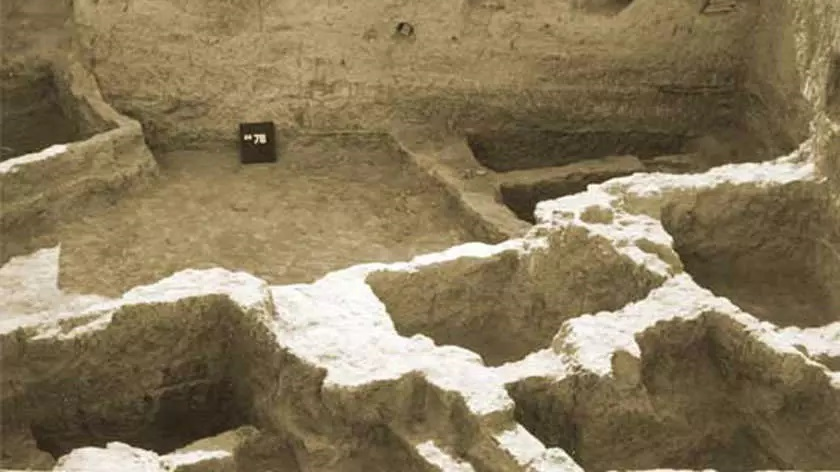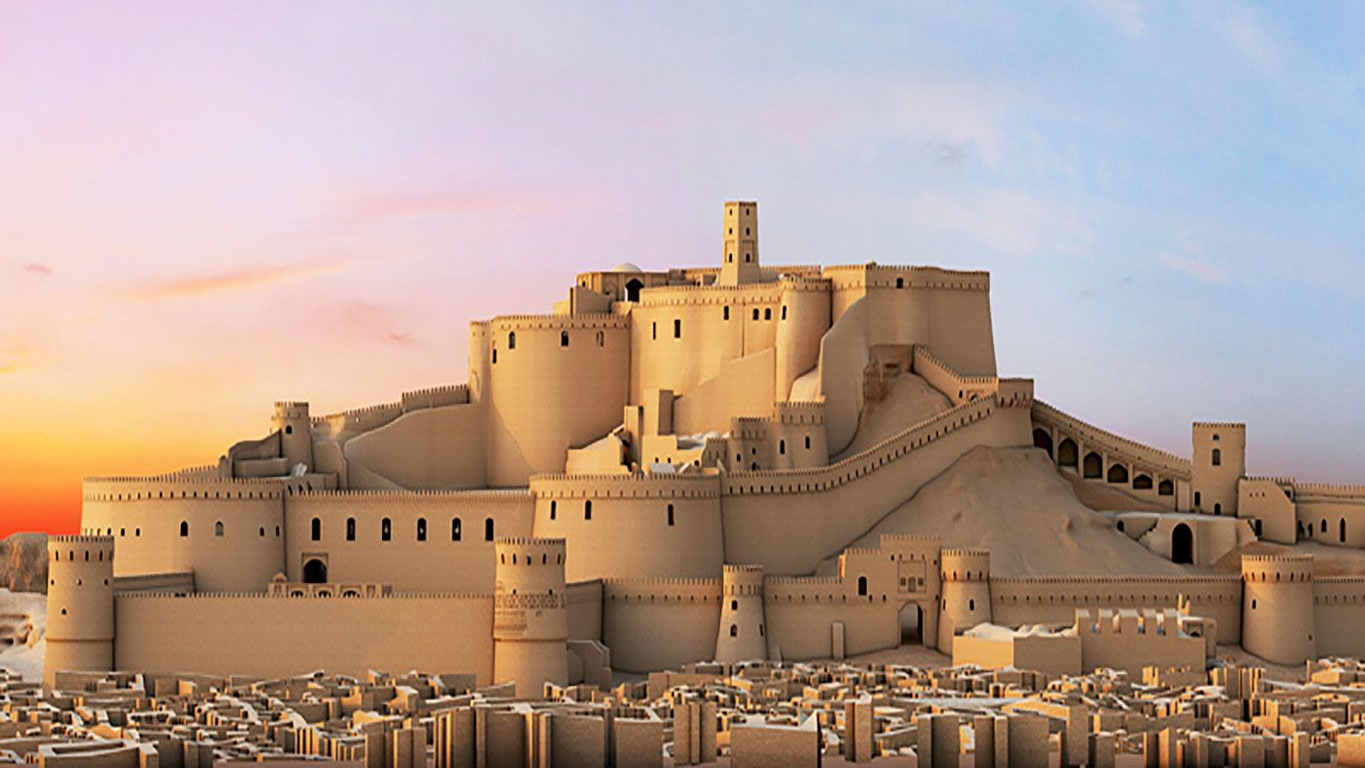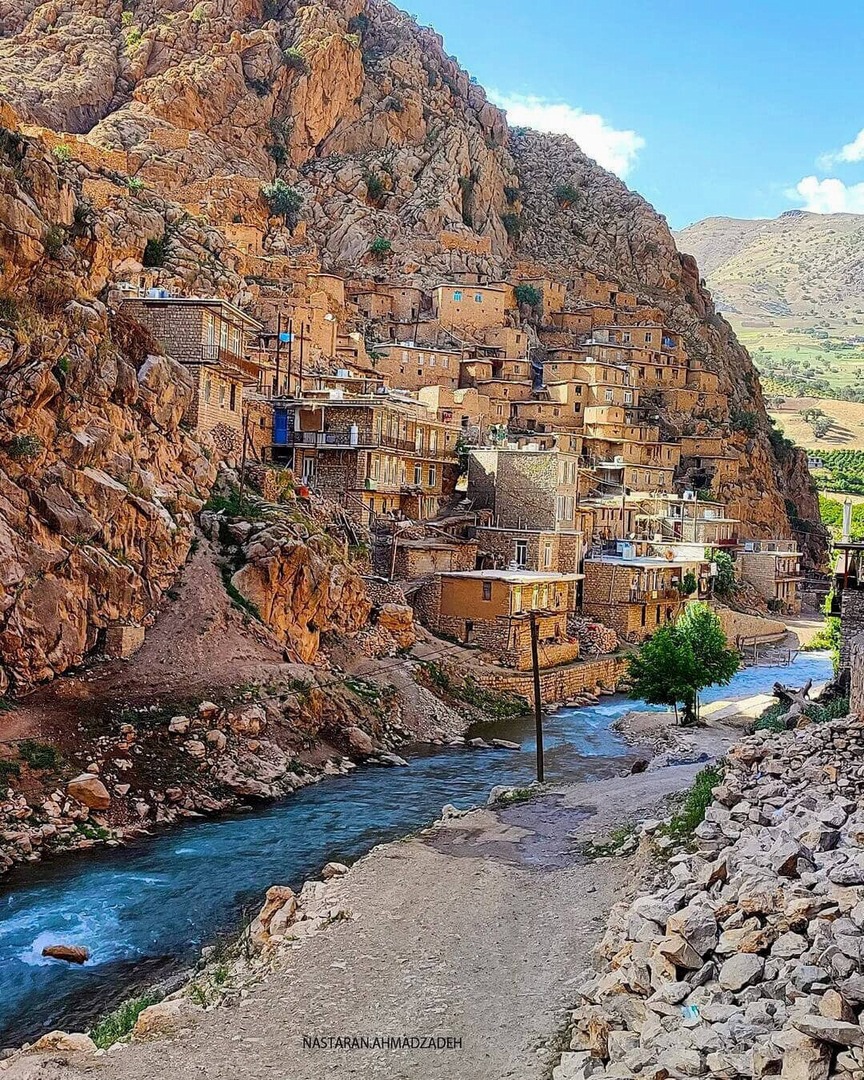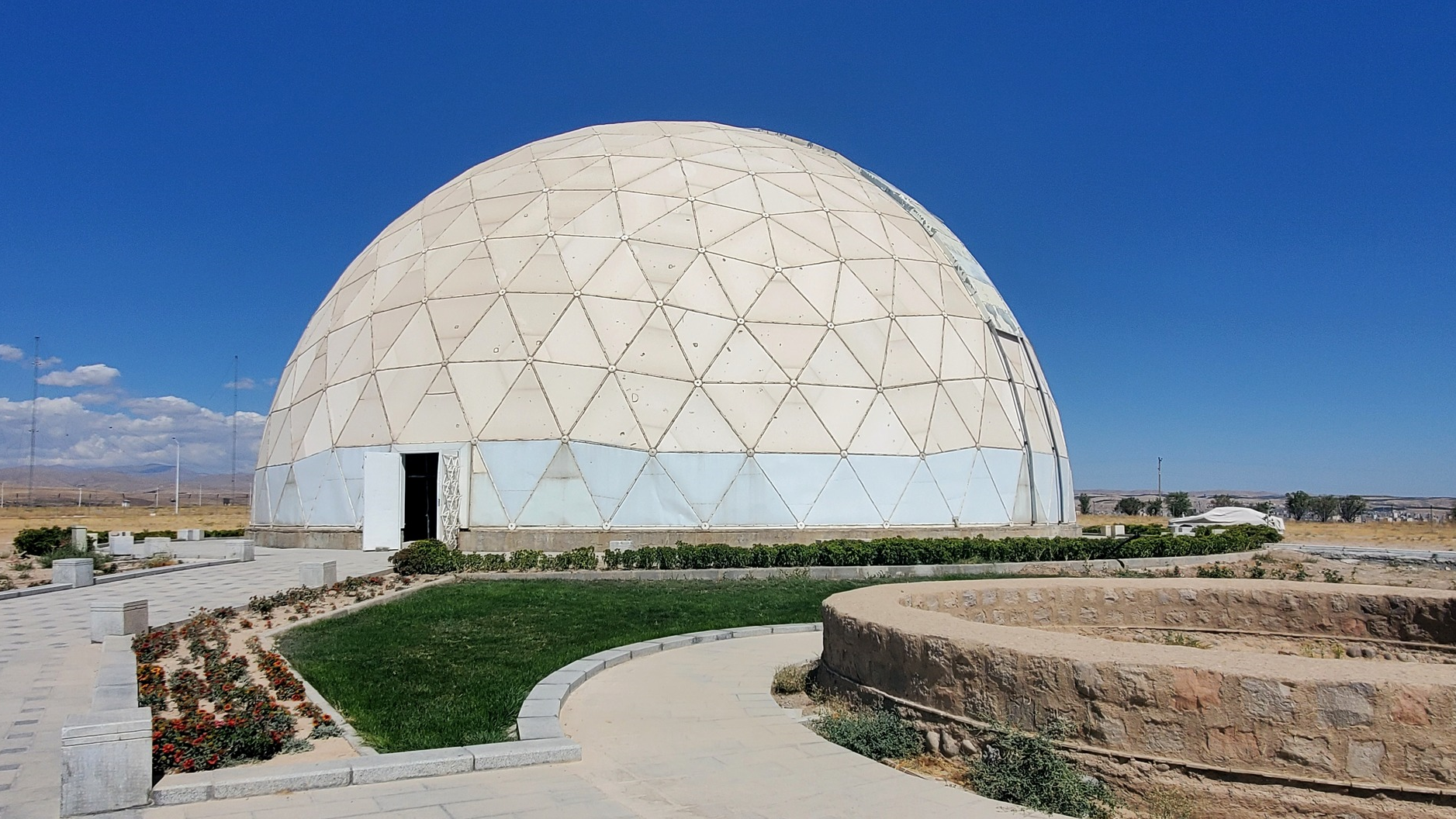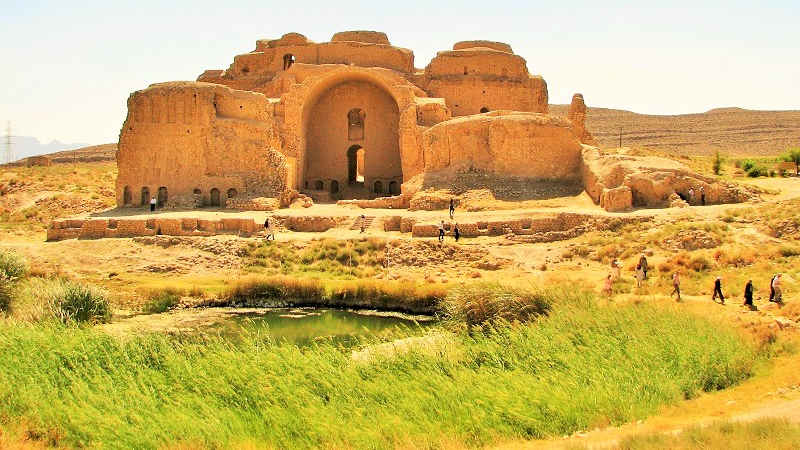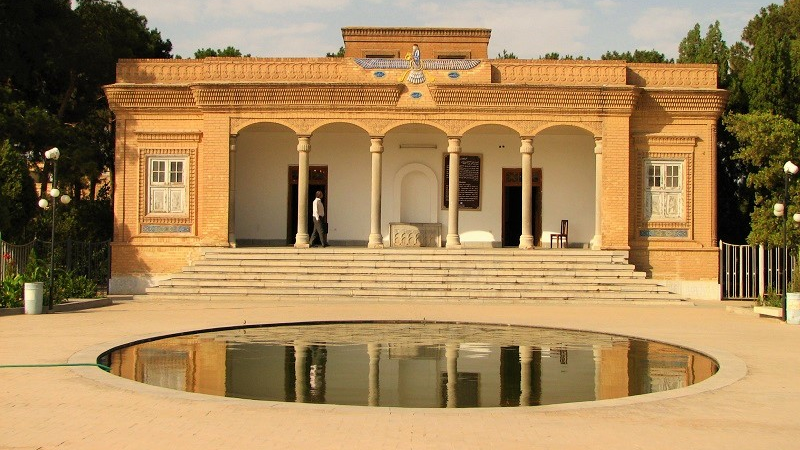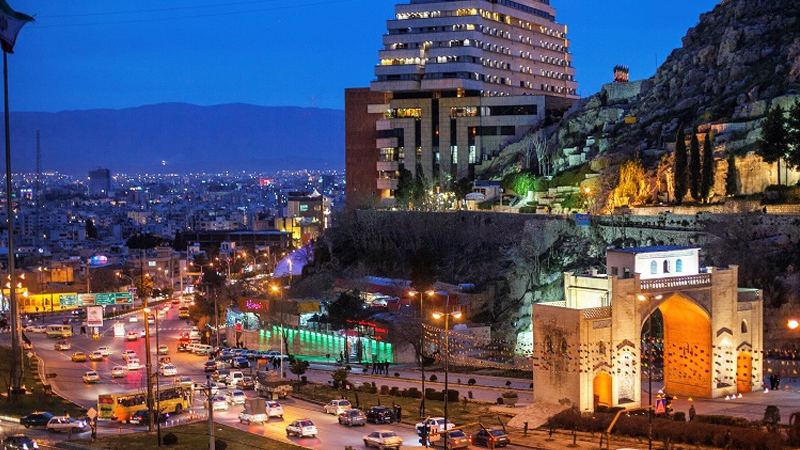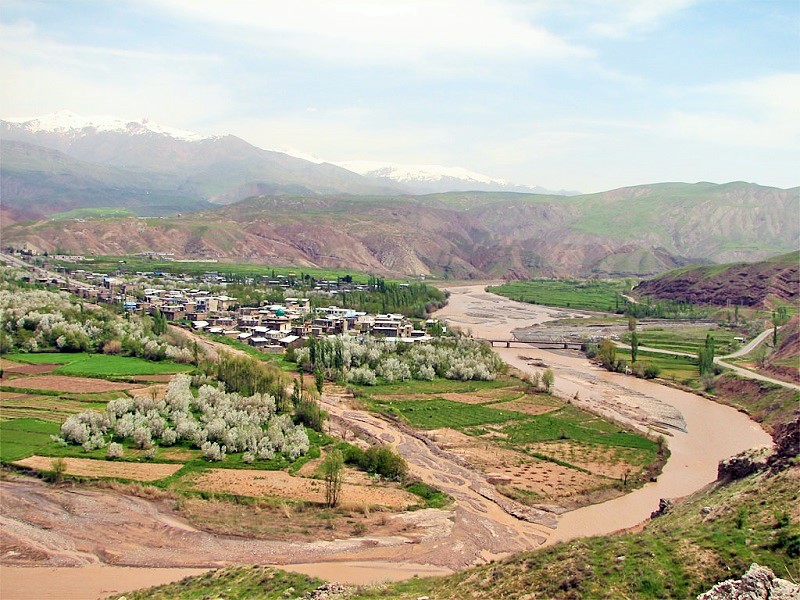
Sang-e Siah (Black Stone) Neighborhood of Shiraz
Today’s “Sang-e Siah” neighborhood was founded during the time of Karim Khan Zand (second half of the 18th century) by merging the “Darb-e Kazeroun” neighborhood and the old Sang-e Siah neighborhood.
The neighborhood is called by this name because of the tomb of Abu Bishr Amr ibn Uthman ibn Qanbar al-Basri, popularly known as Sibawayh, which is covered by a large black tombstone. The present building of this tomb was built in 1974 and has been decorated with mosaic tile decorations.
There are several interesting historical monuments in the Sang-e Siah neighborhood making it a tourist attraction.
Historical Houses
There are several old houses in this neighborhood, the most prominent of which are Foroughul Molk House, Sa’adat House, and Ziaeian House. All three of these houses are related to the Qajar period (19th century). A few decades ago, Forough Al-Molk House was used as a primary school, and today, it is used as a contemporary art museum and is also called the “Meshkinfam Museum”. Sa’adat House is also a museum now called the “Khatam Museum” where all kinds of Khatam works, the equipment used in this handicraft, and the pictures of the masters of this profession are on display.
Apart from beautiful architecture and tile works, Ziaeian House is famous for belonging to one of the noble families of Shiraz.
Seyyed Taj al-Din Gharib’s Shrine
This shrine, which was built during the Qajar period is believed to be the tomb of one of the descendants of Imam Ali ibn Abi Talib, the first Shiite Imam, who had come to Shiraz together with Ahmed ibn Musa Shah Cheragh and was martyred there.
Moshir Mosque
Located next to the Bazaar of Armenians, Moshir Mosque was built by Mirza Abulhasan Khan Moshir al-Mulk, the ruler of Fars Province in the mid-19th century. Moshir Mosque is one of the architectural masterpieces of the Qajar era, whose construction lasted from 1848 to 1857 AD. Being of historical importance and having eye-catching decorations, this mosque was inscribed on the list of Iran’s national heritage in 1972.
Built with two floors, the mosque has several naves and several chambers, which hosted seminarian students in the past. Some dishes related to the Qajar era are preserved in this mosque, which, according to locals, were used for serving the worshipers and mourners during the Muharram and Safar ceremonies.
Tomb of Bibi Dokhtaran
This mausoleum is located in the north of Moshir Mosque, and two of the daughters of the 4th Shiite Imam are buried in it. This building was built during the Ilkhanate era (1256 to 1356 AD). Being considerably damaged due to an earthquake, it was rebuilt in the Zand era (mid-18th century). The tall dome of this mausoleum has been built in the form of two crowns.
Ilkhani Garden
Located over an area of 3500 square meters near the Tomb of Bibi Dokhtaran, this garden was built by Mohammad Gholi Khan Ilkhani in the Qajar era. There is a Kolah Farangi mansion in the middle of the garden, with a two-column porch in the middle and a relatively large five-door hall behind it.
Saint Mary Church
Also known as the Armenian Church, it was founded in 1662 AD in the neighborhood where Iranian Armenians of Shiraz lived in those days. The entrance to this building is a large gate with a cross on it. Except for this cross, there is no sign of this place being a church on its exterior.
The wooden ceiling of this church has been decorated with beautiful oil paintings. The church also has been decorated with plaster works, which are considered masterpieces of their time. The Saint Mary Church of Shiraz was inscribed on the list of Iran’s national heritage in 1967.
The neighborhood is called Sang-e Siah because of the tomb of Abu Bishr Amr ibn Uthman ibn Qanbar al-Basri, popularly known as Sibawayh, which is covered by a large black tombstone.
| Name | Sang-e Siah (Black Stone) Neighborhood of Shiraz |
| Country | Iran |
| State | Fars |
| City | Shiraz |
| Type | Historical |
| Registration | No registration |

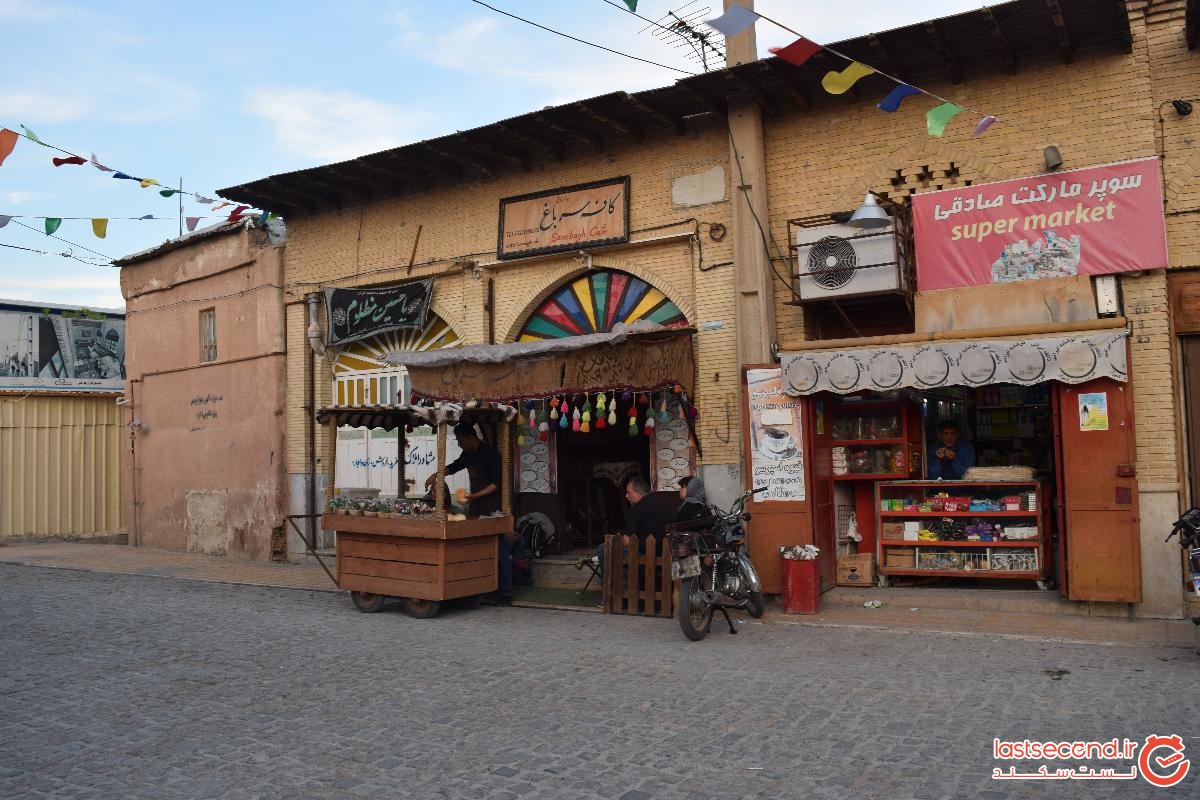


Choose blindless
Red blindless Green blindless Blue blindless Red hard to see Green hard to see Blue hard to see Monochrome Special MonochromeFont size change:
Change word spacing:
Change line height:
Change mouse type:
